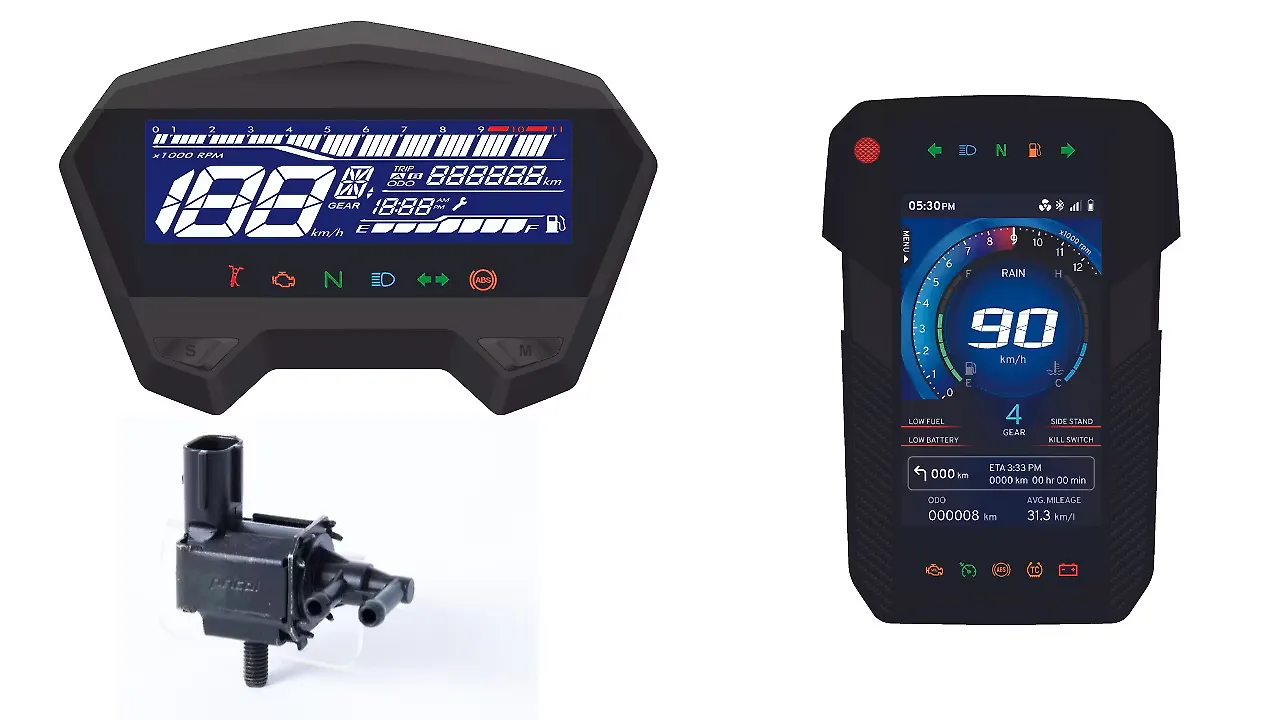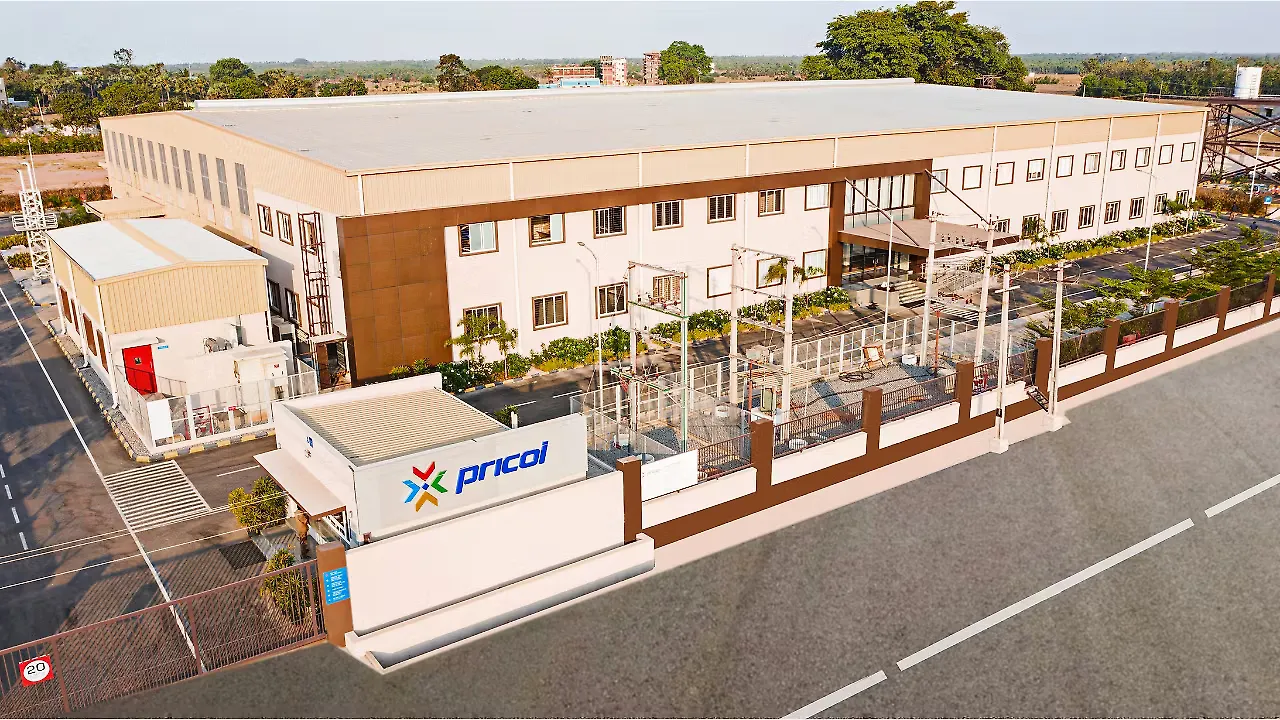
Vikram Mohan is a serial entrepreneur with a penchant for business, and has created over 10 companies in the past 20 years with varying degrees of success. His core strengths are incubating business ideas, strategising for growth and identifying the right talent to steer those businesses. In November 2011, Vikram took over the reins of Pricol Limited, the automotive components business set up by his father, as the Managing Director.
It is ten years since you got into Pricol. Can you share your experience thus far?
It's exactly 10 years since I got involved with the business. And when I took over, it was in a bit of a bad shape as we were going through a lot of losses, huge labour issues, fragmented product portfolio and diminishing market share across whatever verticals we were present in. So it took me about two to three years to set everything right. Therefore, the first three years were for cleaning up many of the issues and bringing the company back to a solid financial footing.
Between 2015 and 2017, we embarked on growth – foraying into international markets and adding certain new products to add up to the top line. And that went both ways. Unfortunately, it backfired because we went into Brazil, and lost much money on that. But the good outcome is that we absorbed all those technologies and were able to bring them into India and launch a whole host of new programmes for new customers and new products here.
In parallel, in the last four to five years, we also embarked on heavy spending on technology, both product and process technology, which helped us launch a whole host of new products.
How was the last fiscal?
COVID last year, along with the losses that we made abroad, almost took a fatal stroke on the company. But we've been able to bounce back with all the new products that we launched and new plants we have commissioned. So, we are on a firm footing now.
What is in store for the immediate future?
We are becoming more of a tech company and less of an automotive component company in the next few years. Out of my 800 white-collar employees, 340 are in product and process engineering. And about 60% of our white-collar salaries are going on to product and process development, giving us a significant edge over our competition.

We have gained a very significant market share in the last couple of years, and have improved our bottom line significantly. But, unfortunately, the last couple of quarters has taken a dent because of the semiconductor shortage, commodity price increases, and freight cost increases.
Since we are primarily an electronics company, depending heavily on electronic components, we will suffer that short term pain for a few more quarters. But I think the long term outlook for the company is quite good.
Can you throw a little more light on your future prospects?
We have a strong pipeline of new products, new customers and a strong order pipeline. We have significant capacity that has been created, which will take us through for the next two years. We have very little debt, and we will become debt-free over the next 12 to 18 months.
Pricol's growth last year was about 23%, while the industry went down by 12% to 13%. How was it possible? Do you see the momentum continue?
We won't be seeing 23% growth this year. I would be lucky if we close flat compared to last year though the industry has de-grown because we have gained some market share and added some products. Last year was a peculiar year, where new product lines were introduced, and two new plants were commissioned – in Manesar in January 2020 and Sri City in November 2019. Both plants added revenue for our new products for BS-VI that we launched.
I would call last year a nine or ten-month year. The industry in Q2 and Q3 saw a considerable upswing, and we rode that wave as well. However, this year it's the opposite. I wish it were a 12-month year; in spite of COVID washing out one to one-and-a-half months, the electronic shortages are going to reduce our sales, at least by about 20-25%, not just in Pricol, but the entire ecosystem. We may supply instrument clusters and someone may supply lighting, but if the ECU is unavailable due to chip shortage, the whole industry suffers. And that is a problem we are facing today.
We had a forecast for about INR 1,800 crore of sales this year. I think we'll be lucky to end up with 75% of that number with the acute shortages of raw materials, particularly for a company like Pricol that is hugely dependent on electronics imports.
Sometime earlier, you mentioned bifurcating the company with independent entities. Can you update on this?
The plan is very much on. The behind-the-scenes work is going on in manufacturing, people, and demarcation. We have reorganised our leadership and management teams to align towards the new scheme of things, and we are hopeful of getting the whole process started by April 2022. It will be about a 10-month process thereafter as there are a lot of regulatory and shareholder approvals needed.

So, our focus in FY23 is to get this bifurcation of the company done so that we can focus on each of the business verticals separately.
What are the key benefits of doing this exercise?
It is primarily for the company, more than for the customers because we can bring razor-sharp focus on each of the businesses. Secondly, today, if I have to get a technology partner or a JV partner, we are restricted, as all the businesses are in one company.
For example, our instruments or DIS (Diver Information System) business has nothing to do with our pumps business. So now, if we have a JV today, we cannot have it company-wide, and that's a big restriction for the company and indirectly to the customers and the people. By segregating, we can focus on the right partners or the right technology partner for a vertical of the business.
There was a mention in your annual report that about 40% of your revenue came from the newly launched product. Is there a self-imposed dictum on these lines?
We have set a metric of 20-25% revenue coming from the newly launched product in a normal year. Last year was an aberration because of new product launches for BS-VI. The goal is to be not less than 20% in the next five years.
Does that mean you will make your products obsolete and provide a new solution to your customers?
We are in electronics, and obsolescence is happening naturally. The auto industry is at the lowest end of the pecking order. We face the brunt of the chip shortage because the kind of chips we use in the auto industry is still five to six years behind what the mobile industry or the consumer durable industries are using. The nanometers era of the chips we are using is still far behind. So, there is much natural obsolescence.
Tell us about your foray into EVs?
For us, both EVs and ICE are the same because DIS remains the same. Instead of fuel level, it's going to be battery level, and all other parameters on the vehicle remain the same. So, in terms of disruption, we don't anticipate any disruption whatsoever.
Do you see the opportunity to enhance content per vehicle in electric two-wheelers?
We see opportunities in DIS and sensing applications. Our sensing applications are propulsion agnostic.
Where do you want to see Pricol in the next four years, when it celebrates its golden jubilee?
In 2025, we see visibility for about INR 4,500 crore of turnover, of which currently we have the capacity for INR 2,400. We are building a new technology centre in Coimbatore, which will be commissioned in the next 18 to 24 months, to feed the whole company.
How much will be the overseas contribution?
We jettisoned many of our overseas businesses. Currently, our operations in Indonesia is small, and it will continue to be for us for the next two years. Later, it will see growth because it will become a hub for specialty pumps and export to America. It will be really kicking in from 2024-25.
We want exports and deemed exports to be about 20% of our sales by 2025. We are at about 10% today. So the focus is on exports, and we build up especially with customers like Polaris, BMW, Kohler, Caterpillar and some of the customers we've added and developed new products for.